Japan Traditions: Wakakusa Yamayaki Matsuri
Uno dei matsuri più famosi del Giappone è il Wakakusa Yamayaki Matsuri che si tiene nella città di Nara il quarto sabato di gennaio.
photo credits: matsuritracker on flickr
Le Origini
Sulla cima della terza collina del Monte Wakakusa troviamo il Uguisuzuka Kofun, una pietra tombale a forma di buco di serratura.
Leggende dicono che in passato se si bruciava la montagna per la fine di gennaio nel periodo del nuovo anno, era possibile respingere i mostri che ritornavano dalle loro tombe. Al contrario, qualora la montagna non venisse bruciata entro la fine di gennaio, un grosso periodo di sfortuna giaceva davanti per la città di Nara. Come risultato, le storie raccontano che le persone che passavano accanto al Monte Wakakusa cominciarono a incendiare la montagna senza permesso.
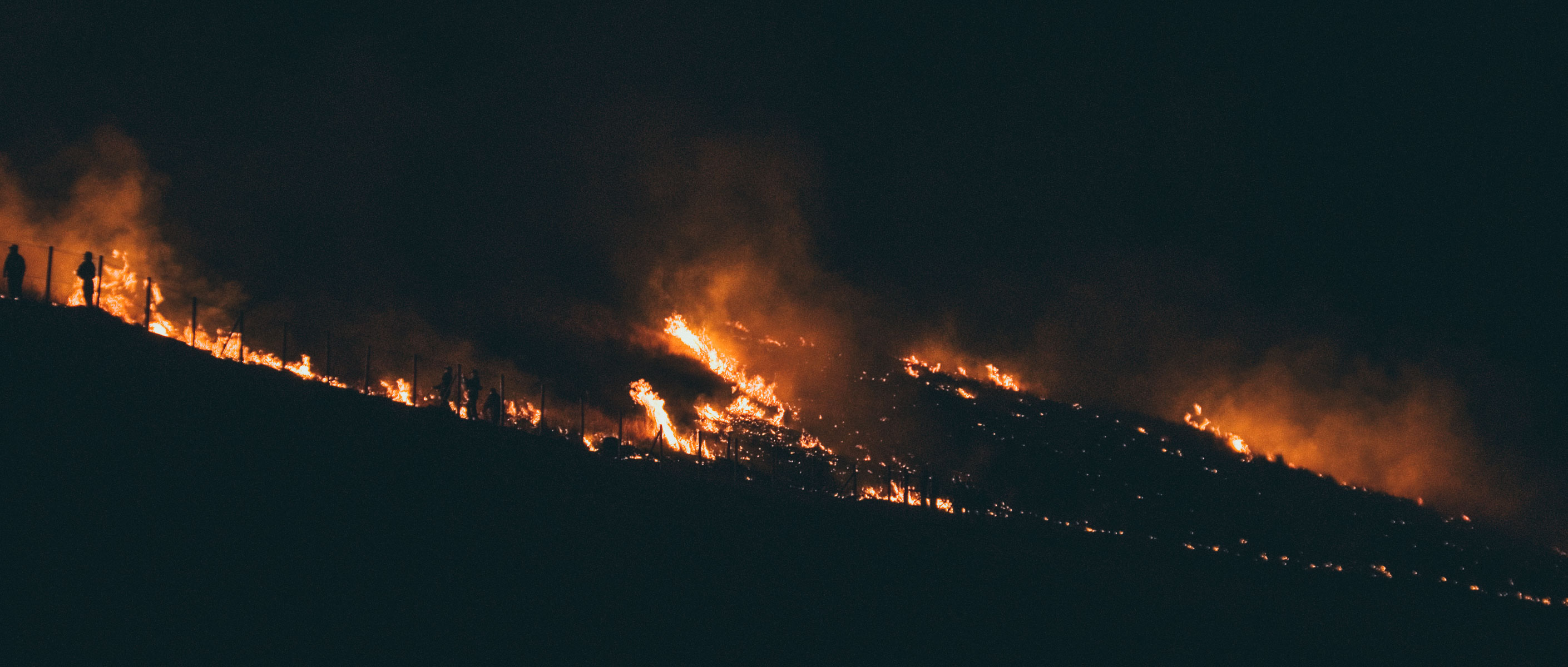
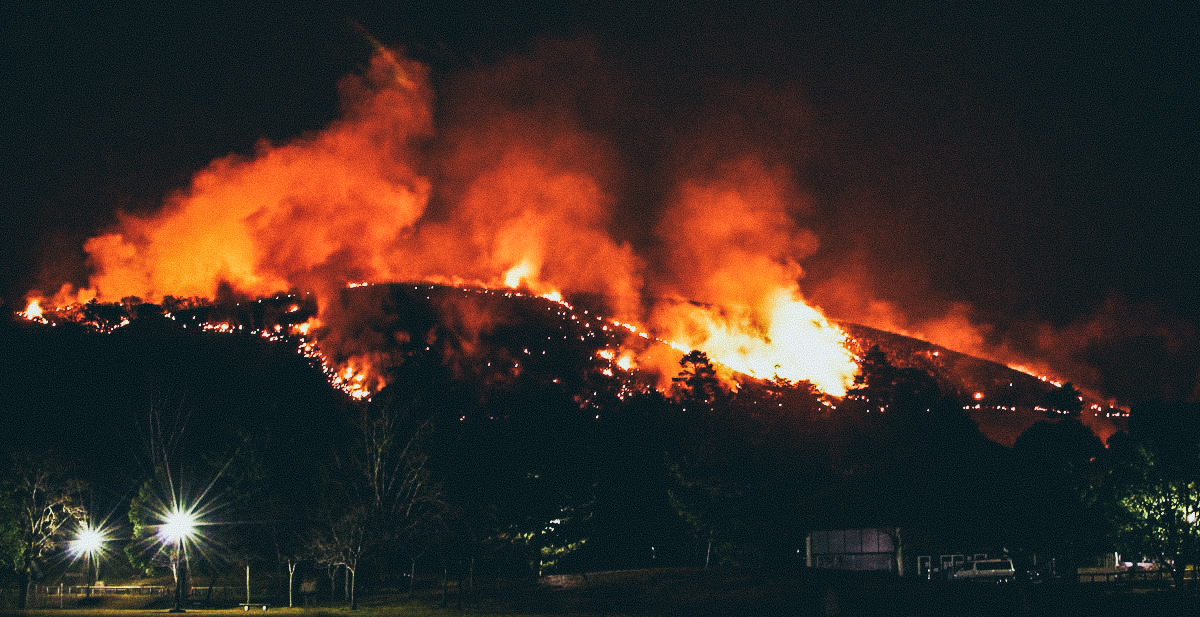
photo credits: smartus & matsuritracker on flickr
A seguito di ciò, ci furono alcuni incidenti dove il fuoco proveniente dal monte Wakakusa arrivò ad avvicinarsi ai confini del tempio Todaiji e Kohfukuji ripetutamente. A causa di questo, nel dicembre 1738, l’ufficio della magistratura di Nara (Bugyosho) proibì le persone dalla pratica di incendiare la montagna. Tuttavia, gli incendi dolosi continuarono per mano di anonimi e in alcune occasioni si avvicinava alle città e i templi vicini. Per evitare pericoli simili, la città di Nara stabilì una regola per permettere alle persone di bruciare la montagna con la partecipazione di rappresentanti dei tempi Todaiji e Kohfukuji assieme al Nara Bugyosho alla fine del periodo Edo.
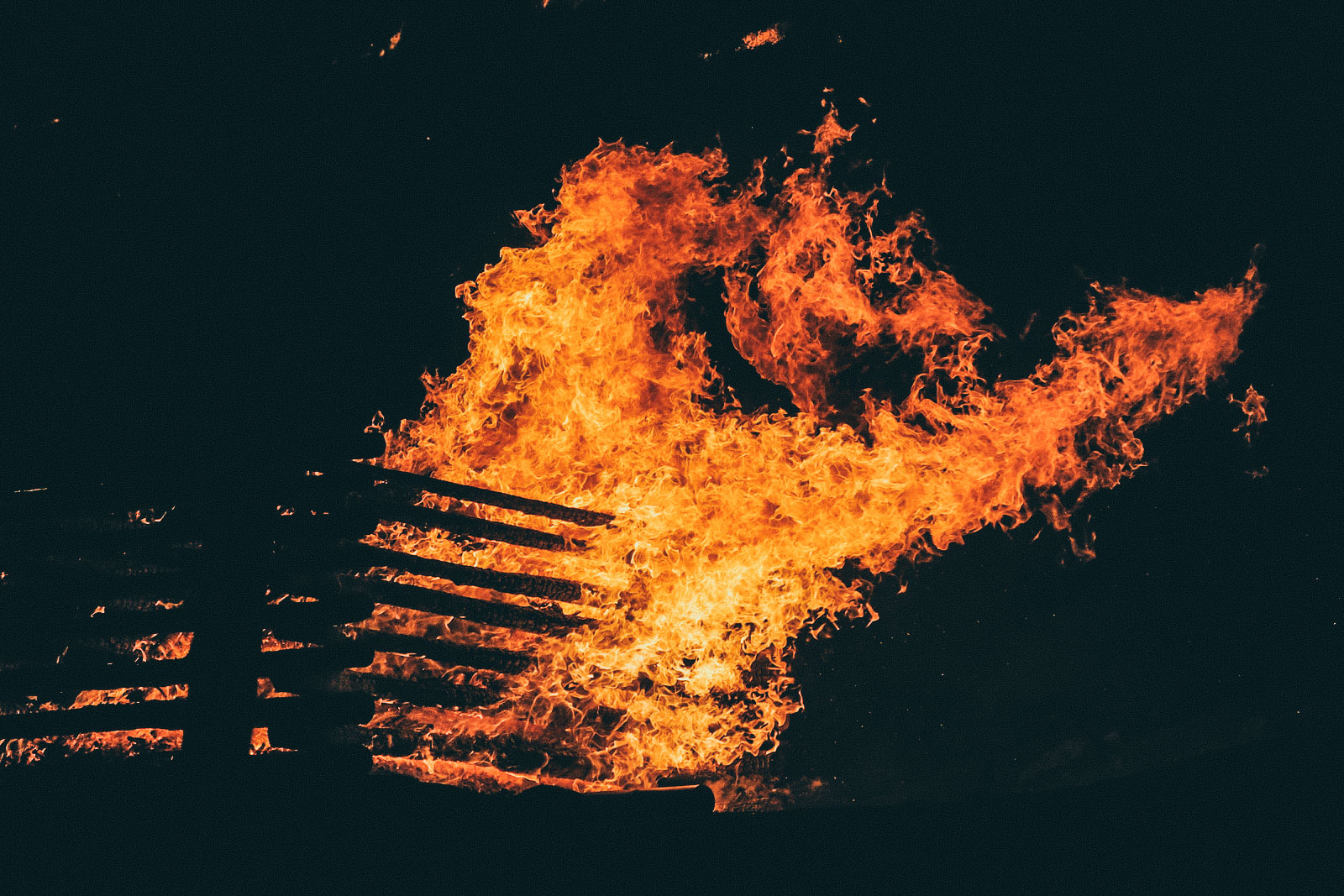
photo credits: toshimo1123 on flickr
Il festival Yamayaki (montagna bruciante) deriva dalle superstizione per calmare gli spiriti dei morti allo Uguisuzuka Kofun localizzata in cima alla montagna, quindi il Yamayaki potrebbe essere anche considerato come un momento di raccolto alla memoria dei defunti.
Storia moderna e odierna
Dal 1900, si susseguirono una serie di cambiamenti legati al Wakakusa Yamayaki Matsuri. In primis, l’orario fu spostato dal diurno al serale e anche la sua data si spostò all’11 febbraio (Giorno dell’impero), anche se durante il periodo della Seconda Guerra Mondiale, le celebrazioni si tennero durante il pomeriggio. A seguito, nel 1910, l’organizzazione passò in mano alla prefettura di Nara.


photo credits: karihaugsdal on flickr
Dopo la fine della guerra, lo Yamayaki divenne nuovamente un evento serale assieme ad uno spettacolo pirotecnico di oltre cento fuochi artificiali.
Durante gli anni cinquanta, la data dello Yamayaki fu spostata al 15 gennaio, il “Giorno della Maggiore età”, mentre nel 1999, a causa dell’implementazione del cosiddetto “Happy Monday System Act” (legge che spostò alcune feste pubbliche al lunedì), il festival venne celebrato la domenica prima del “Giorno della maggiore età”.
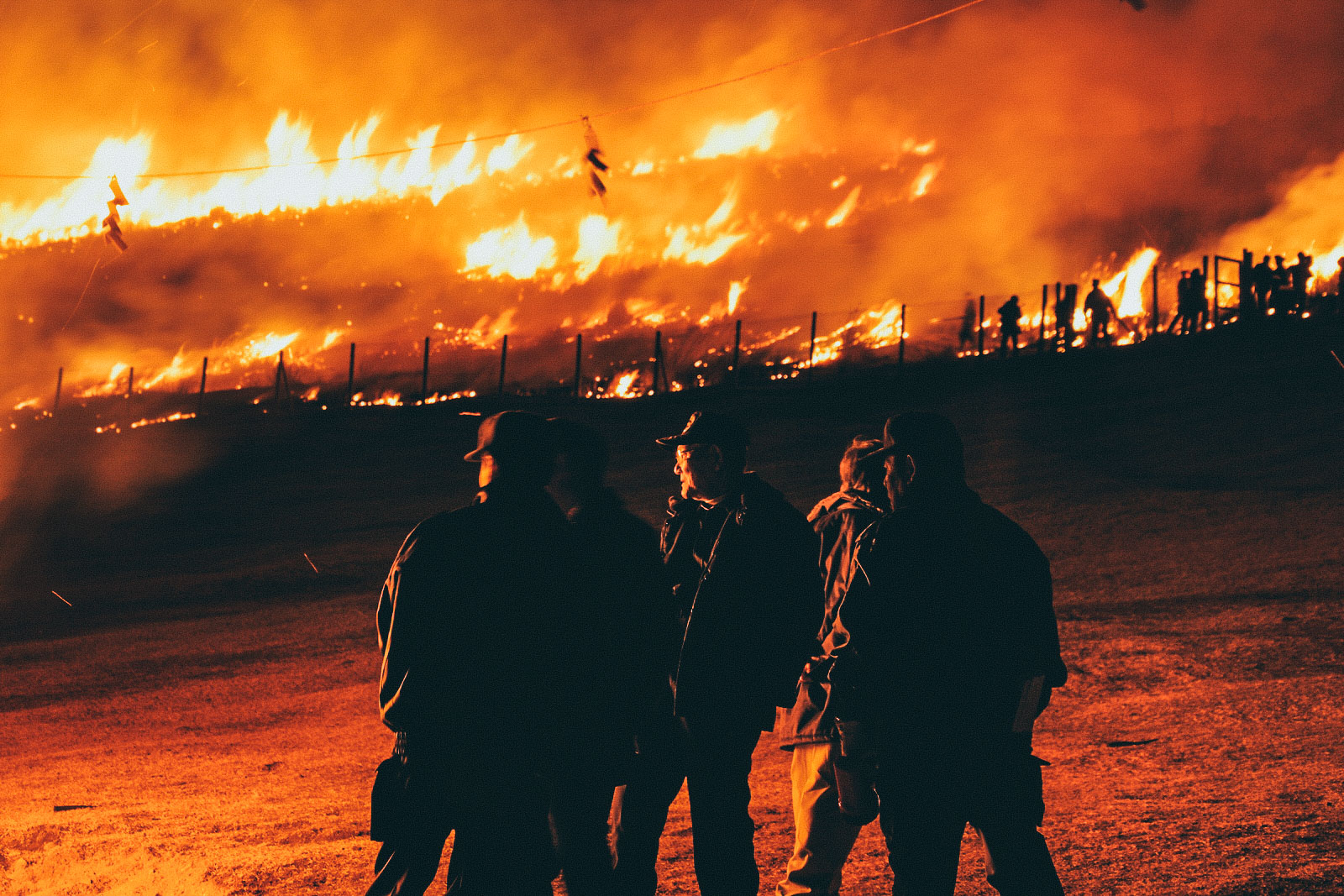

photo credits: toshimo1123 & nwhitely on flickr
Dal 2009 troviamo la combinazione che ancora oggi esiste, ovvero l’evento si tiene il quarto sabato di gennaio con uno spettacolo pirotecnico di centinaia di fuochi artificiali. Questi ultimi, sono l’unico evento a Nara che usa i fuochi d’artifico Shakudama che hanno un diametro di oltre 30cm. Uno spettacolo pirotecnico assolutamente magico che vi assicuriamo rimarrà per sempre impresso nei vostri ricordi.
Il monte Wakakusa
Il monte Wakakusa è alto 342 metri e largo 33 ettari ed è ricoperto di erba con discese delicate. Qui si possono vedere cervi, fiori stagionali e piante, come i tradizionali ciliegi giapponesi in primavere e i fantastici colori autunnali tipici del Giappone. Inoltre dalla sua cima, è possibile vedere tutto il panorama della città di Nara con tutta la sua parte storica.

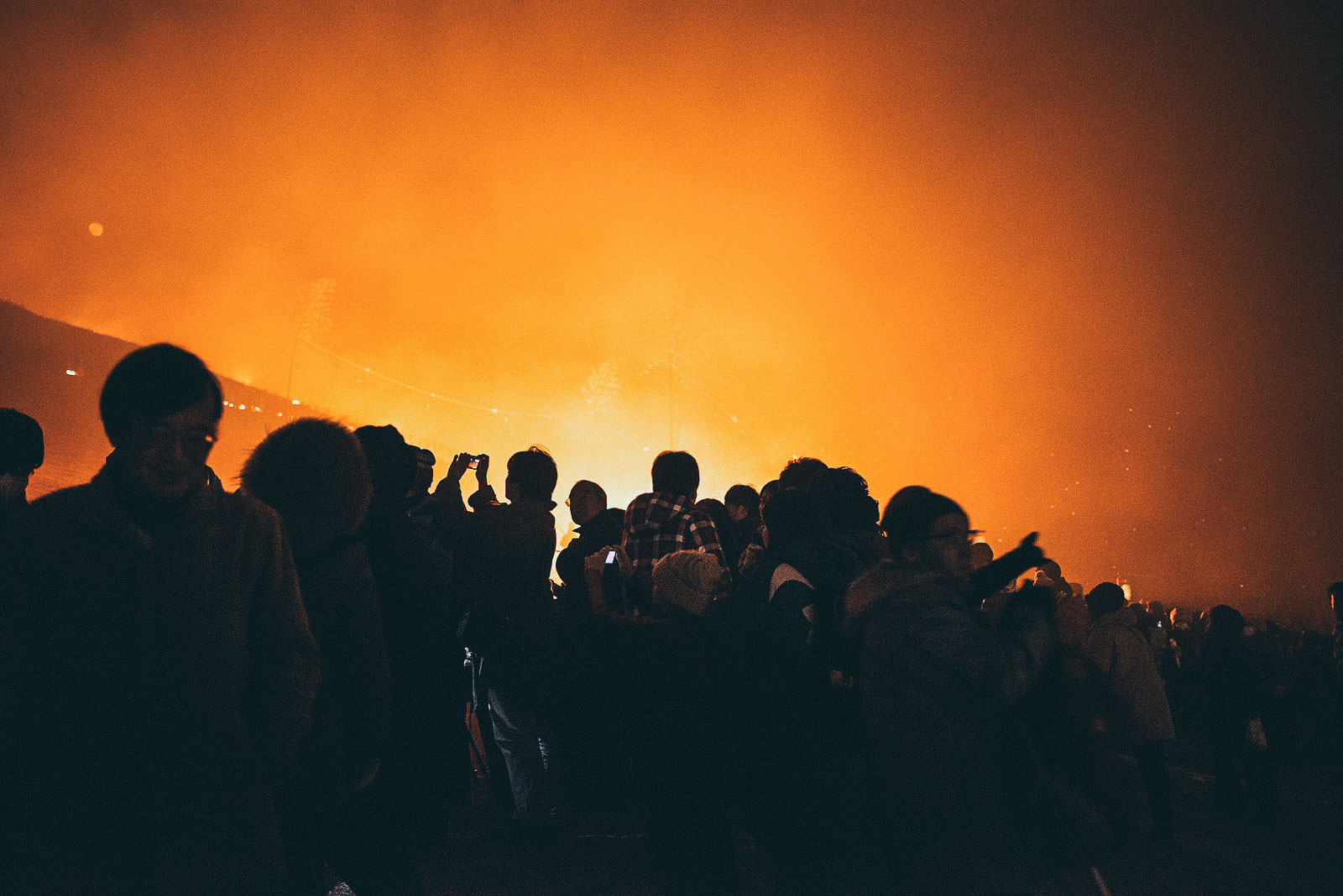
photo credits: 158175735@N03 & mashipooh on flickr
Il monte Wakakusa è circondato da molti patrimoni mondiali dell’UNESCO come i templi Todaiji e Kohfukuji e la foresta primaverile del monte Kasuga, quindi è bene prestare la massima attenzione onde evitare incidenti come far diffondere il fuoco.
La parata
Guidata dal rumore dei corni di conchiglia suonati dal preti della montagna del Tempio Kinpusenji, più di 40 persone affrontalo la parata solenne attraverso il parco, indossando i costumi tradizionali dei rappresentanti dei templi di Kasugataisha, Todaiji e Kohfukuji e degli ufficiali dell’ufficio della magistratura di Nara nel periodo Edo.
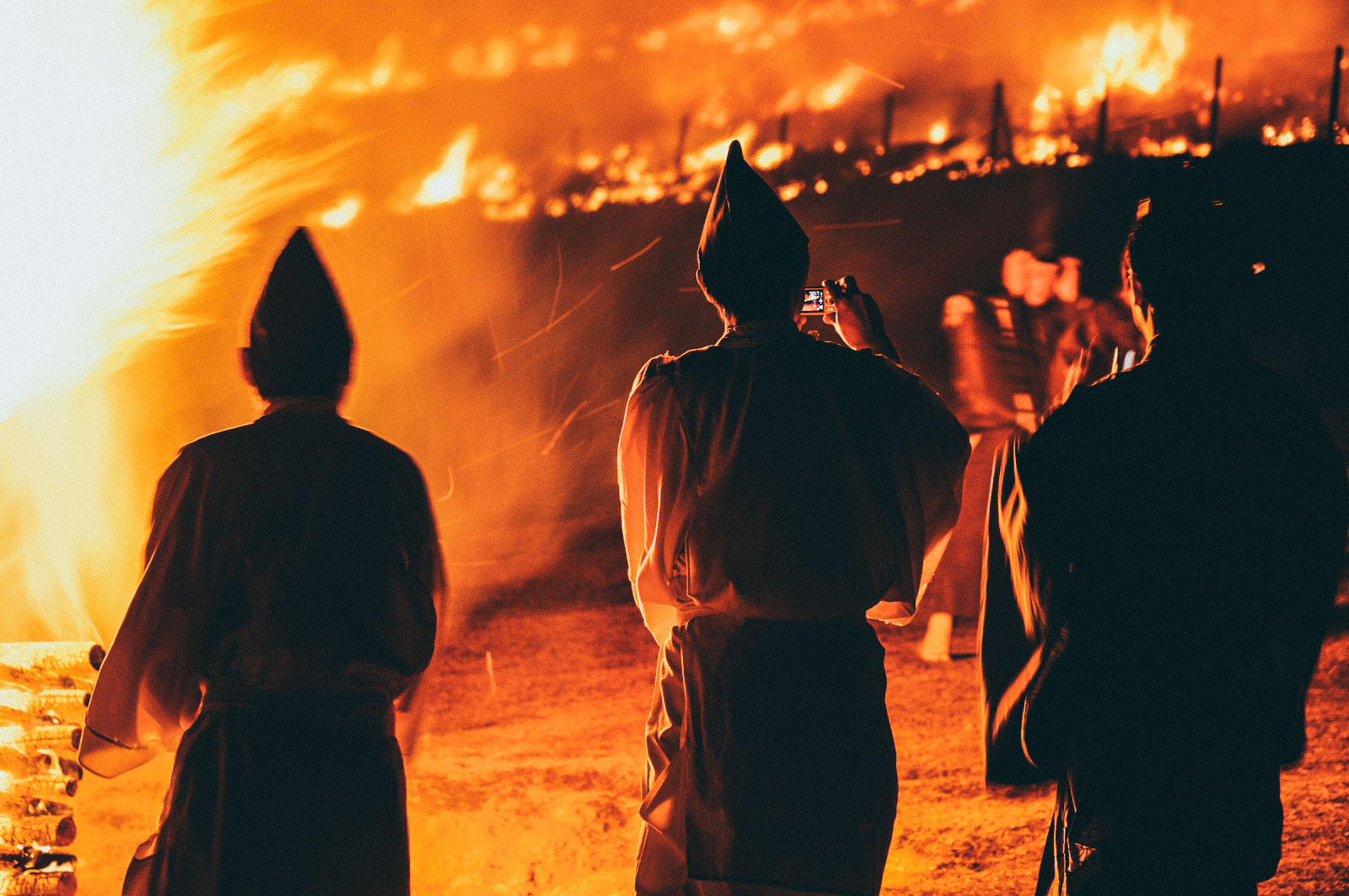
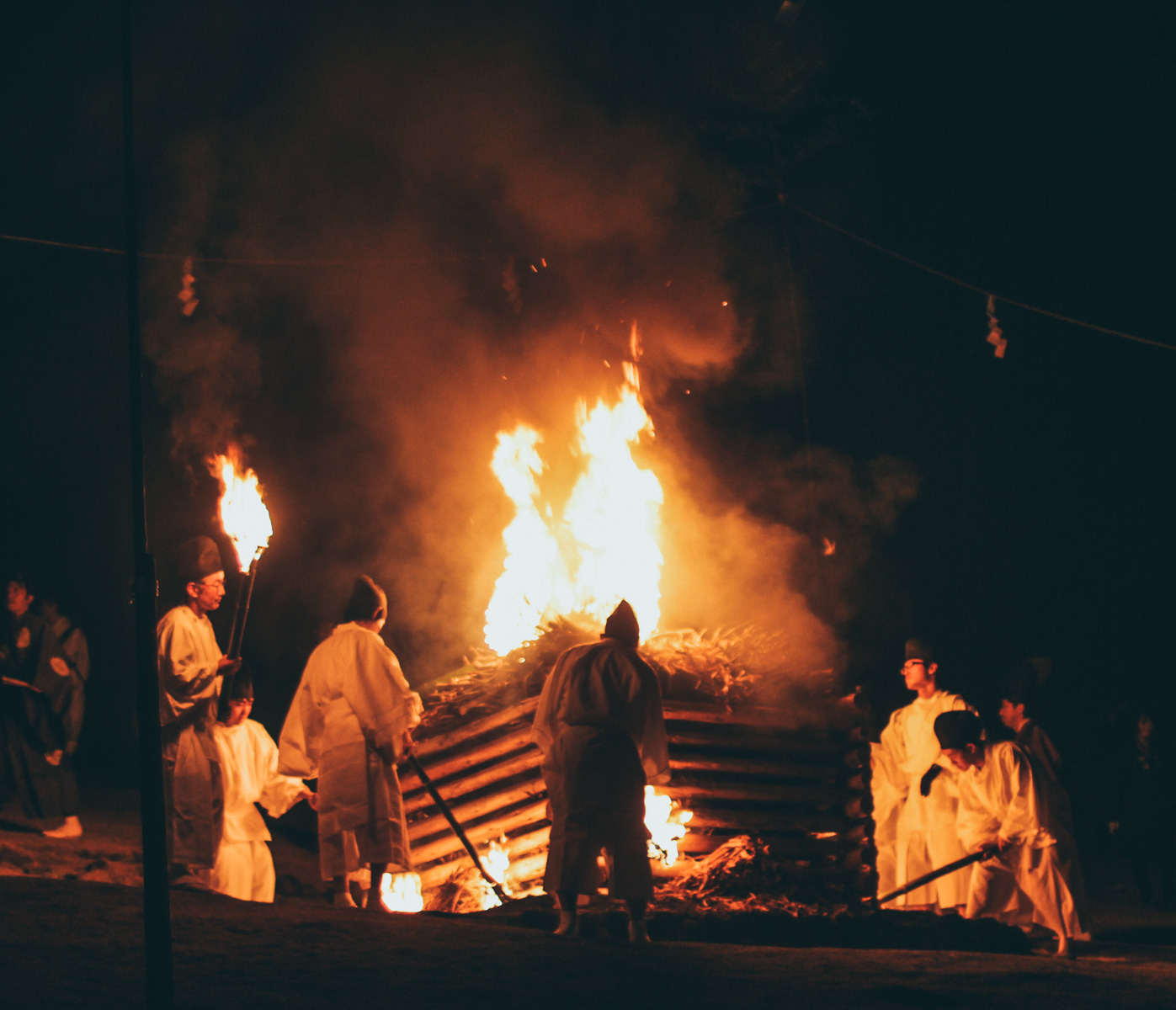
photo credits: toshimo1123 & katiefujiapple on flickr
L’evento comincia con il Gojinkahotaisai, la Cerimonia di accettazione del fuoco sacro che si tiene al parco Tobohino, sul luogo del Grande falò Tondo. In questa cerimonia, il fuoco sacro viene trasferito dal Grande Falò Tondo alle torce. A seguito di ciò, parte la parata che porterà il fuoco sacro sino al tempio Nogami. Una volta arrivati al tempio Mizuya, il sacro fuoco portato dal tempo Kasugataisha sarà trasferito ad una serie di torce. Una volta arrivato al Tempio Nogami, alla base del monte Wakakusa, il fuoco sacro va a formare un altro grande falò.

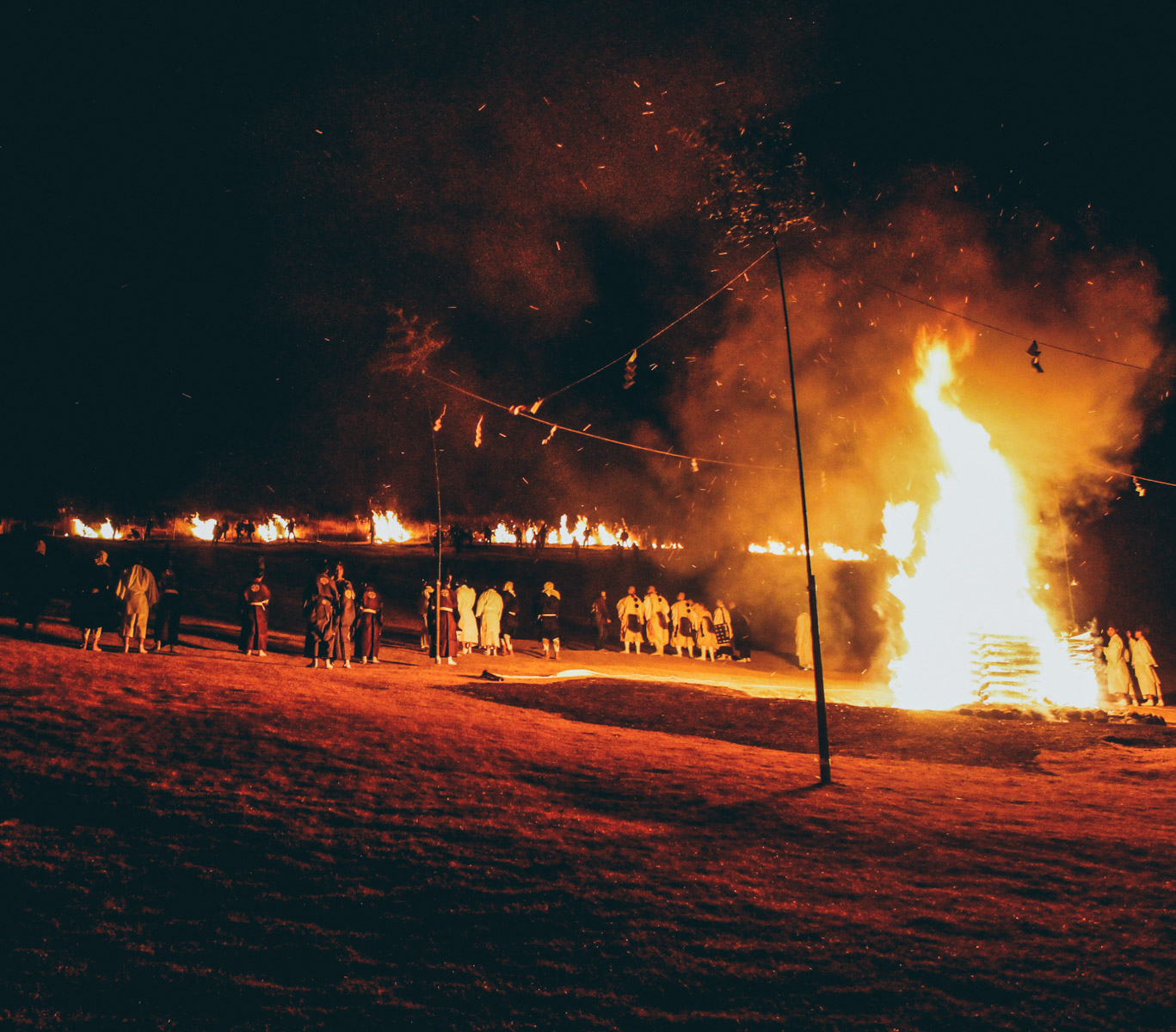
photo credits: katiefujiapple on flickr
Durante la parata, il fuoco è accompagnato da costanti preghiere in primis per la sicurezza dello Yamayaki. A seguire il fuoco viene trasferito nuovamente alle torce, accompagnato dai canti dei preti dei templi todaji, Kohfukuji e Kinpusenji. A questo punto, la parata si sposta verso il grande falò al centro della base della montagna dove viene acceso, dando così inizio allo spettacolo di luce e calore.
photo credits: nara-park.com
Accesso
Il monte Wakakusa si trova a circa 10 – 15 minuti a piedi dal tempio Todaiji e dal Kasuga Taisha. La montagna può anche essere raggiunta a piedi dalla stazione di Kintetsu Nara in circa 35 minuti o dalla stazione JR di Nara in circa 50 minuti. In alternativa potete utilizzare gli autobus in partenza sia dalla stazione che da Kasuga Taisha ad un piccolo costo.
Se siete in Giappone in questo periodo, il prossimo Yamamaki avrà luogo fra qualche giorno, il 26 gennaio 2019. Non perdetevelo e aspettiamo i vostri racconti!

photo credits: ks_photograph
Condividi:
- Fai clic per condividere su Facebook (Si apre in una nuova finestra)
- Fai clic qui per condividere su Twitter (Si apre in una nuova finestra)
- Fai clic qui per condividere su Tumblr (Si apre in una nuova finestra)
- Fai clic qui per condividere su Pinterest (Si apre in una nuova finestra)
- Fai clic per condividere su Telegram (Si apre in una nuova finestra)
- Fai clic per condividere su WhatsApp (Si apre in una nuova finestra)
- Fai clic qui per condividere su Reddit (Si apre in una nuova finestra)
- Fai clic qui per stampare (Si apre in una nuova finestra)








